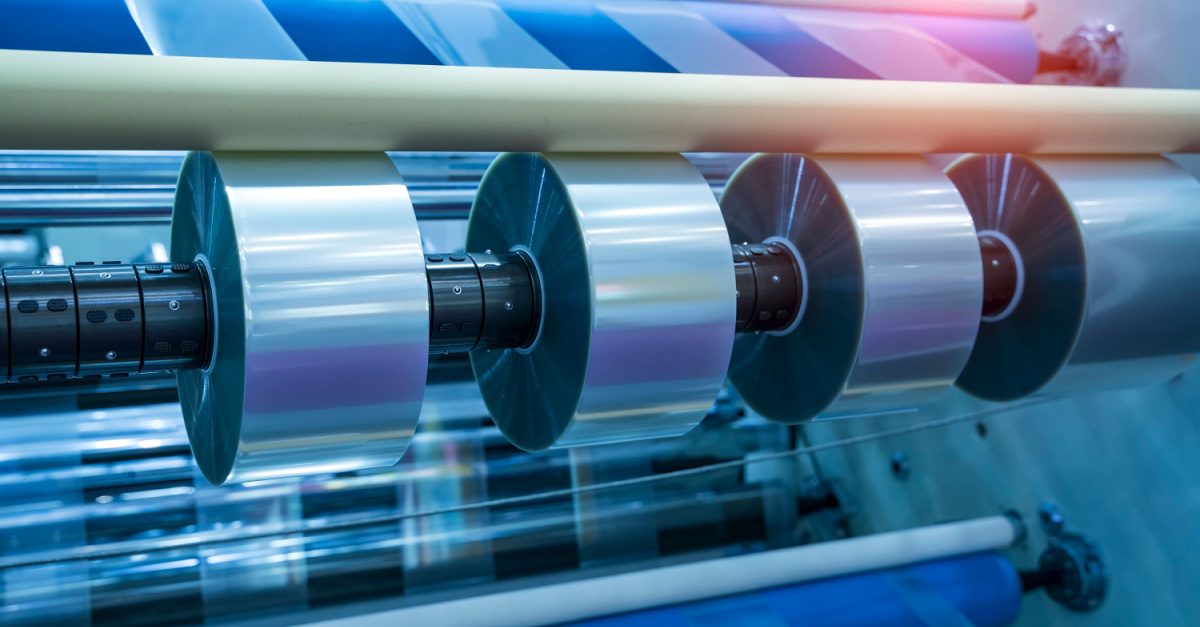
How To Choose The Right Adhesive For Your Manufacturing Needs: A Guide For Product Designers
Do you want your products to last longer? Well, the adhesive you use in manufacturing can make your products more durable. Using an adhesive of good quality enhances the trust of the customers in your product. Using the wrong adhesive could compromise the safety of the product, leading to potential hazards for users. It is very crucial that you choose the right adhesive to improve your brand reputation.But do you know how to choose the right adhesive for your manufacturing needs? Let’s help you figure out answers to all your questions while choosing an manufacturing adhesive.
Factors To Consider When Choosing The Right Manufacturing Adhesive For Your Needs
When it comes to choosing the right adhesive for your manufacturing needs, you must consider a few factors.
Substrate Compatibility
Substrate compatibility is the ability of an adhesive to bond properly with the materials that you apply it to. Different adhesives work with specific types of materials, such as plastics, metals, or wood.
So, if you use an adhesive that is not compatible with the substrate, it can lead to poor bonding. Sometimes, the bond might even fail over time.
You can choose the right adhesive by considering the surface finish of the material and the presence of coatings or contaminants on the surface. Don’t forget to consider the porosity of the material.
You might even need a primer or other surface treatment if the substrate compatibility is weak.
Bond Strength
The adhesive that you choose should have great bond strength. A good bond strength allows the adhesive to hold materials together under stress or load.
The bond strength that you require for a particular application depends on various factors. You must consider the weight of the materials you are bonding and the amount of stress or load the product will undergo. In addition, the expected environmental conditions also impact your decision about choosing an adhesive.
For example, a high-bond strength adhesive may be necessary if the product is under high stress or load.
Temperature Resistance
Many times, your products may get exposed to different temperatures. You don’t want your product to wear out with temperature. So, choosing an adhesive that can withstand exposure to high or low temperatures is necessary. Also, it should not lose its bonding properties or break down.
While choosing the adhesive, you must consider the expected operating temperature range of the product. The duration of exposure to high or low temperatures and any thermal cycling that may occur are also significant factors that you must consider.
For example, if your product is vulnerable to high temperatures for an extended period, you will need a high-temperature-resistant adhesive. In such cases, you can consider silicone or polyimide.
Chemical Resistance
The adhesive should have good chemical strength so that it does not break down or lose its bonding properties over time. It is natural for any adhesive to lose its bond strength due to exposure to different types of chemicals.
Using a low-quality adhesive in your products can lead to your product wearing out sooner than expected. Therefore, you should choose an adhesive only after considering the type of chemicals that you use in your products.
It is also necessary to know the concentration and duration of the exposure. If you expose your products to harsh chemicals, you must use a chemical-resistant adhesive such as epoxy or polyurethane.
Cure Time
Don’t forget to consider the cure time when choosing an adhesive for your manufacturing needs. The cure time is an adhesive’s duration to reach its full bond strength. Choosing the right adhesive with the appropriate cure time will ensure you can assemble and use the products properly.
You must consider the cure time when you pick an adhesive. In some cases, using a faster-curing adhesive might be more important. Or, you might have to employ a curing process such as heat or UV radiation to speed up the cure time.
Test the adhesive in a controlled environment to know the appropriate cure time for the application.
Application Method
You should consider the application method while choosing an adhesive for manufacturing.
Usually, it is the method you use to apply the adhesive to the substrate material. So, choosing an adhesive that you can easily apply suitably is essential.
You must select an adhesive with the appropriate application method so that you can apply it consistently and efficiently.
Sometimes, you might need to modify the manufacturing process or invest in additional equipment. It will help you accommodate the application method required by the adhesive.
Cost
Considering the cost of the adhesive is essential. After all, it can affect your overall production cost.
You can choose the perfect adhesive by considering its cost in relation to its performance. A cheaper adhesive may not necessarily be the most cost-effective option in the long run. Some adhesives may be more expensive upfront but offer better performance. They might even require less material to achieve the desired bond strength.
Occasionally, you should consider investing in a higher-priced adhesive that offers superior performance. It might require less material to achieve the desired bond strength. So, it may ultimately result in cost savings in the long run due to increased efficiency and reduced waste. You can also check the benefits of lean manufacturing to reduce costs and increase profitability.
Conclusion
Selecting the right adhesive for your manufacturing needs is a very important decision that you must take only after considering several factors.
The choice of adhesive can impact your product’s overall performance, durability, and cost-effectiveness. So, you must ensure the adhesive is compatible with the substrate material and operating conditions.
Manufacturers can create high-quality, reliable products by selecting the right adhesive and employing best practices in its application. These products can meet or exceed customer expectations. It helps you in retaining your customers by making your products last longer.

